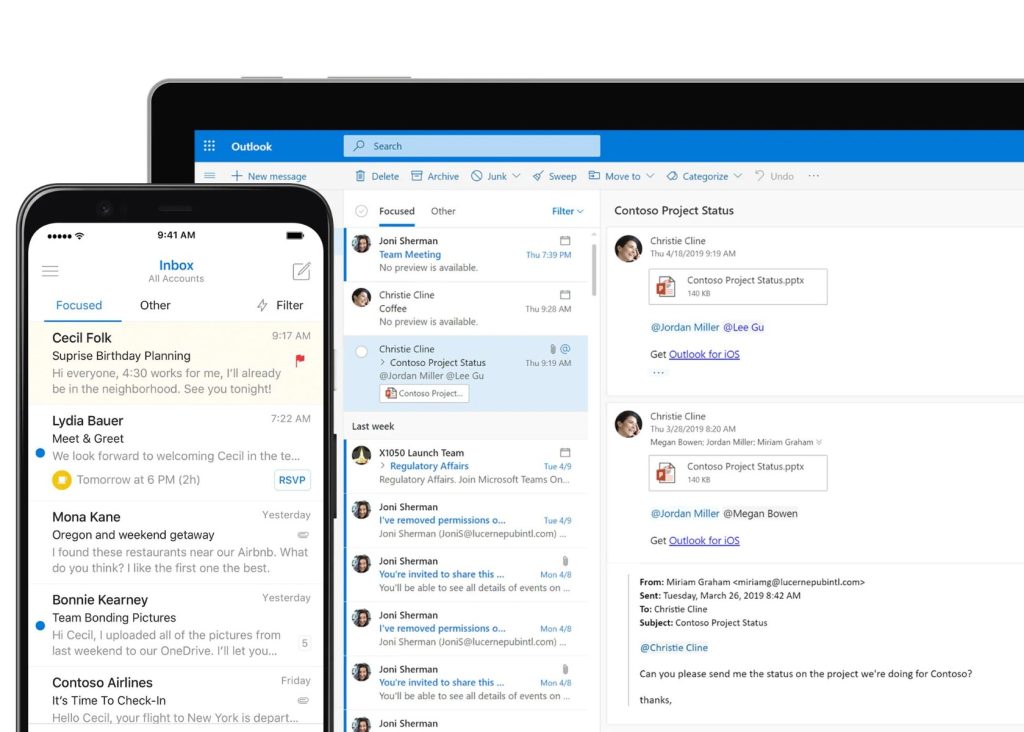With an IMAP protocol, email messages are stored on our server. The email remains on the server until the user deletes it. IMAP thus allows the user the freedom to check their email from a variety of devices. So whether you’re on your laptop at home, your desktop at work, or using a tablet to catch up on communication while traveling, you have access to all of your mail on the mail server. When you read email on your laptop, it will automatically be marked as “read” on your other devices- helping you keep organized, prioritized and productive. Because your email is stored on a mail server it’s considered safer and is backed up regularly by your Internet service provider (ISP).
IMAP also allows multiple users access to shared mailboxes. Each user can quickly identify which messages need attention, and which have been dealt with. Messages can be “flagged” and/or filed into user created folders.
Using IMAP as your email protocol fills up the server as your mailbox grows. Keep this in mind as you might need to upgrade your hosting package when you reach the disk size limit on your hosting package.
A Microsoft protocol, Exchange offers the all the same convenient email syncing function as IMAP, but it also gives you the power to sync tasks, contacts and calendars with co-workers, and view them from any device. This makes Exchange an ideal solution for organizations that depend heavily on collaboration and often work remotely. With Exchange, incoming as well as sent mail is always available on multiple computers or devices. When using IMAP, incoming mail is stored on the mail server but sent items are stored locally.
Using Exchange, each user has an individual mailbox on the server running Exchange. Email messages, contacts and the user’s calendar are stored in their mailbox. Exchange offers you the benefit of working offline and when Exchange is used in conjunction with Outlook, you can easily check co-workers calendars when planning a meeting or share any file so it’s easy to collaborate from across the room or around the world.
Configure your computer and your smartphone with exchange, and your contacts and calendar will be maintained in unison. Exchange’s “Cached Mode” enables you to store messages in local folders for offline reference.

